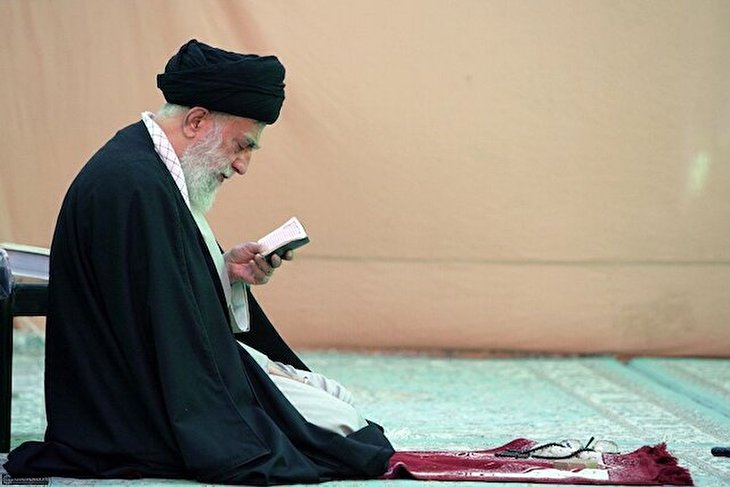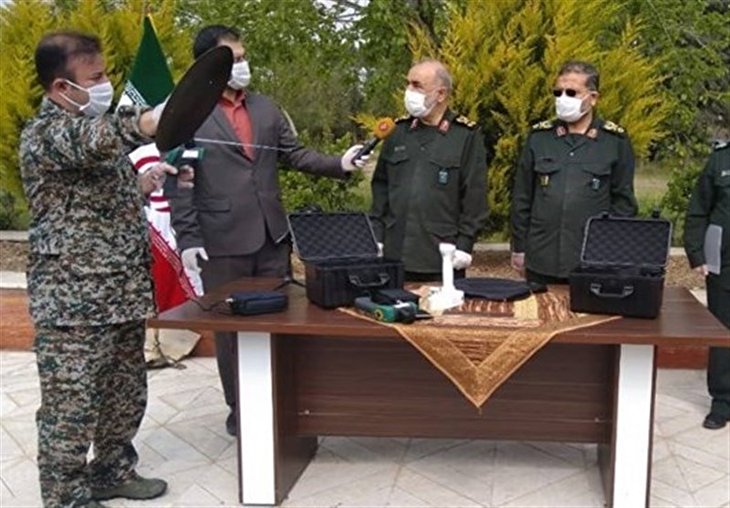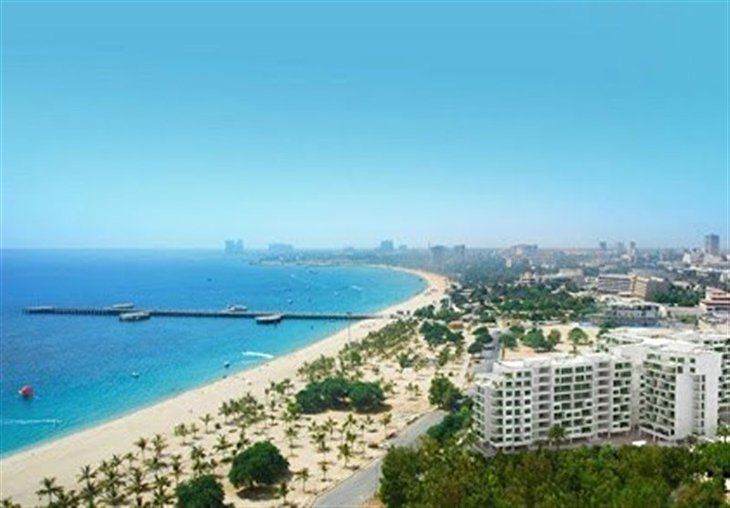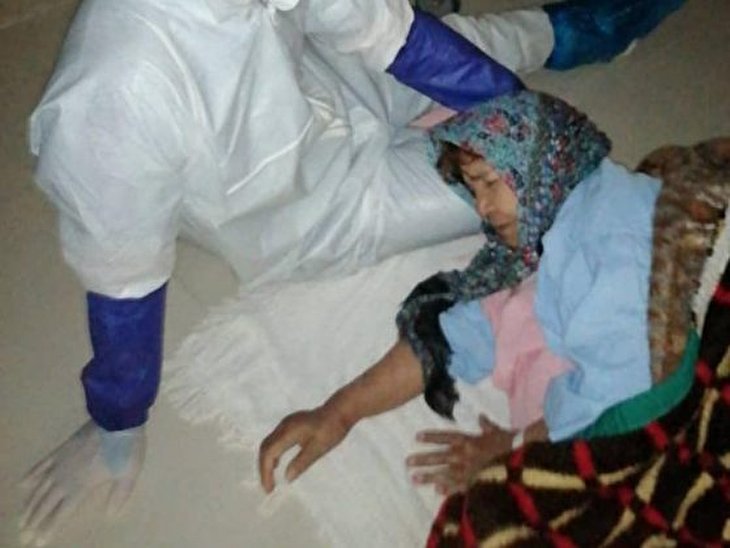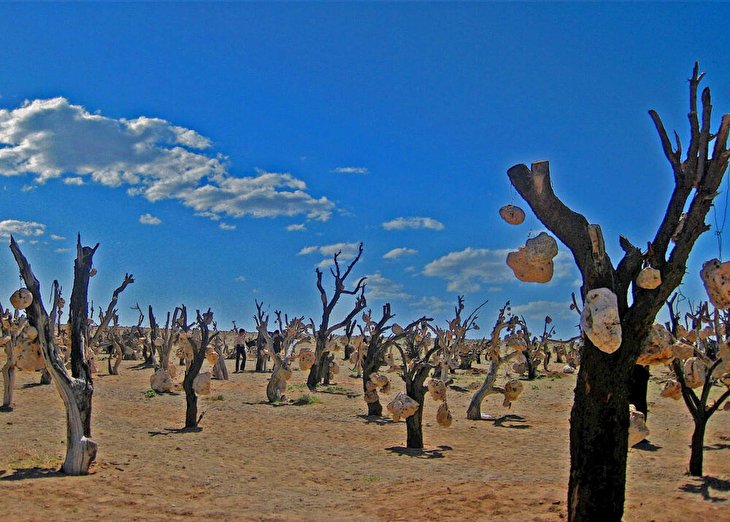
Discover enigmatic Katale-Khor in western Iran
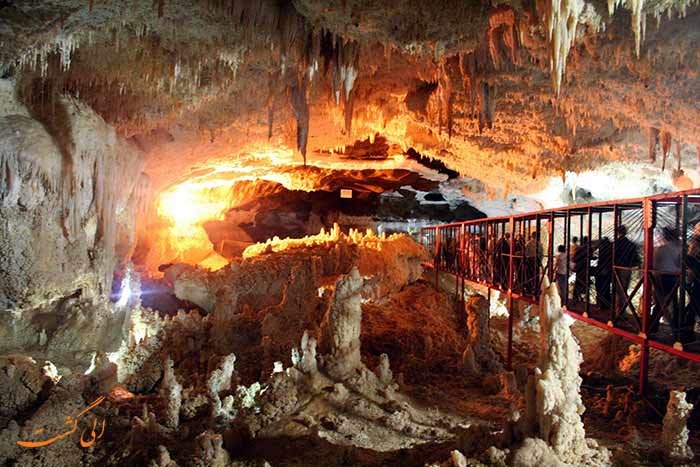
Karaftu, Ali-Sadr and Quri Qaleh, and Katale-Khor are amongst the most visited
caves, the latter is situated some 150km south of Zanjan, off a road that
connects Soltaniyeh to Hamedan.
Katale-Khor (that literary means "Mountain of Sun”) is estimated to date from
tens of million years ago. It features millions of lime stalactites and
stalagmites.
The cave interiors embrace huge hallways and corridors, which are
impressively lit by flashlights.
Some three-seventh of the prolonged cave have been explored so far. A length of
about 3km of the cave is open to the public while a 4km-route is accessible to
experienced cavers and researchers.
Iran is geologically a part of the Alpine-Himalayan organic belt.
According to Britannica Encyclopedia, the enigmatic evidence of human presence
on the Iranian plateau is as early as Lower Paleolithic times.
The first well-documented evidence of human habitation is in deposits from
several excavated cave and rock-shelter sites, located mainly in the Zagros
Mountains of western Iran and dated to Middle Paleolithic or Mousterian times
(c. 100,000 BC).
Source: Tehran Times
